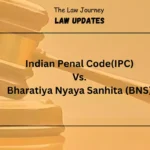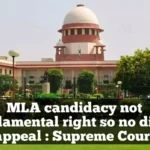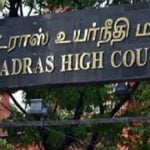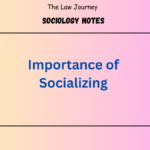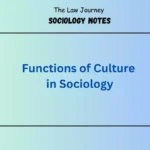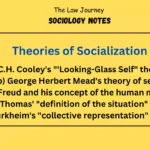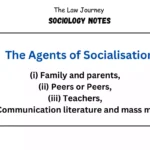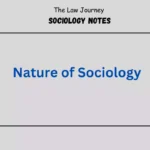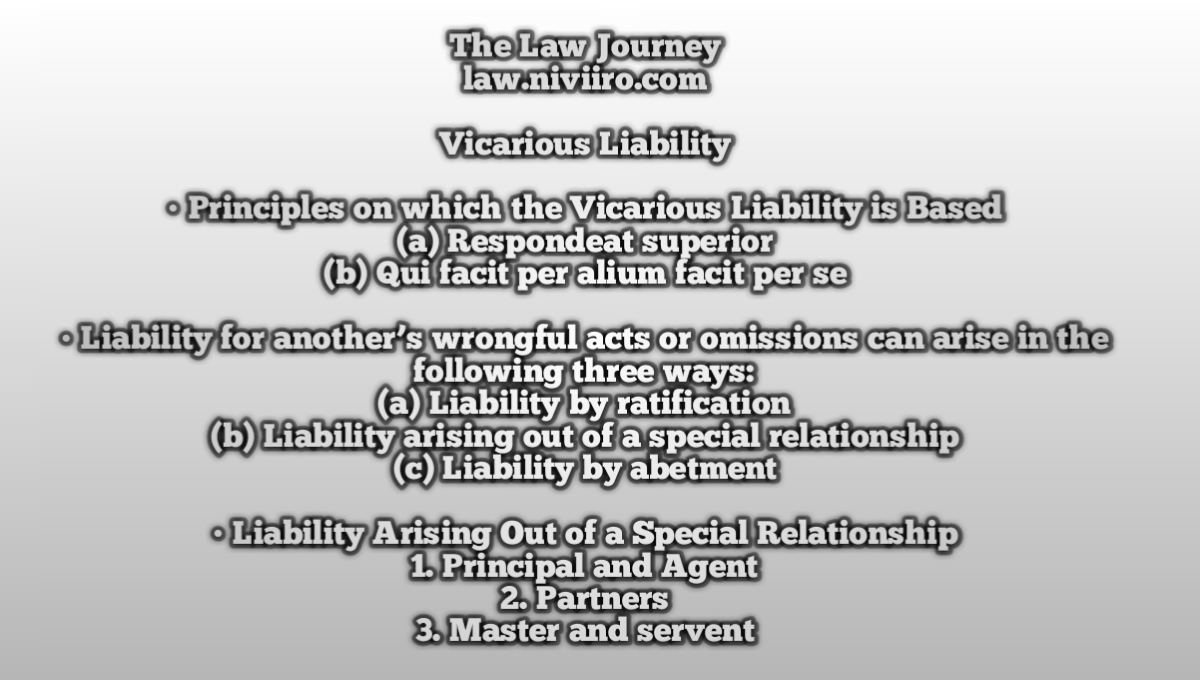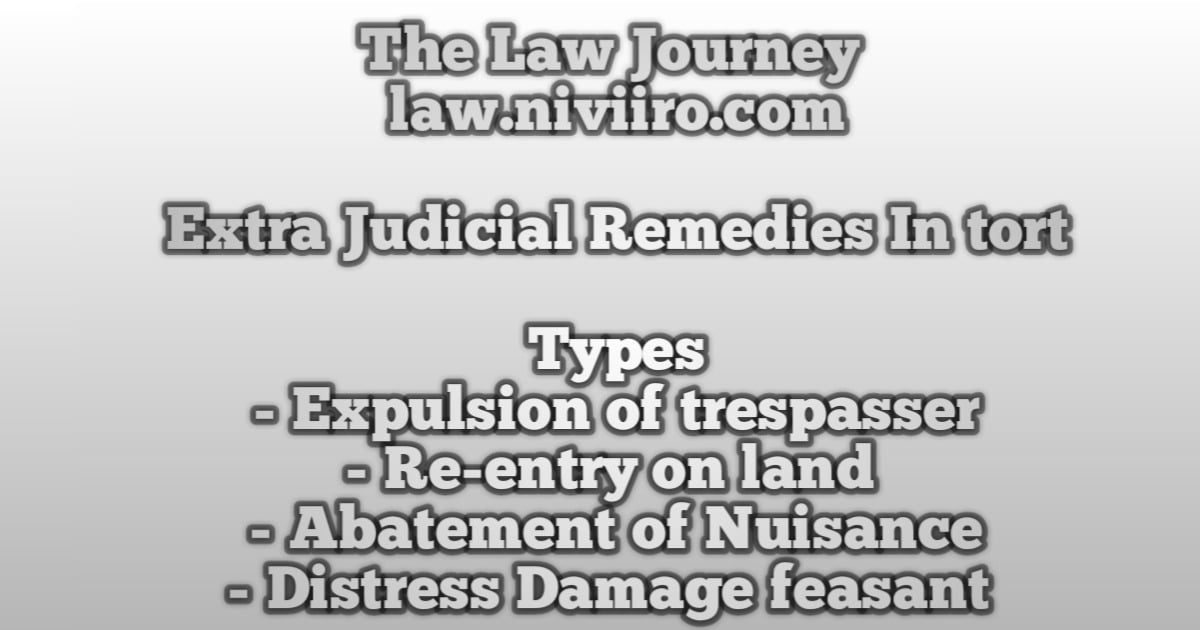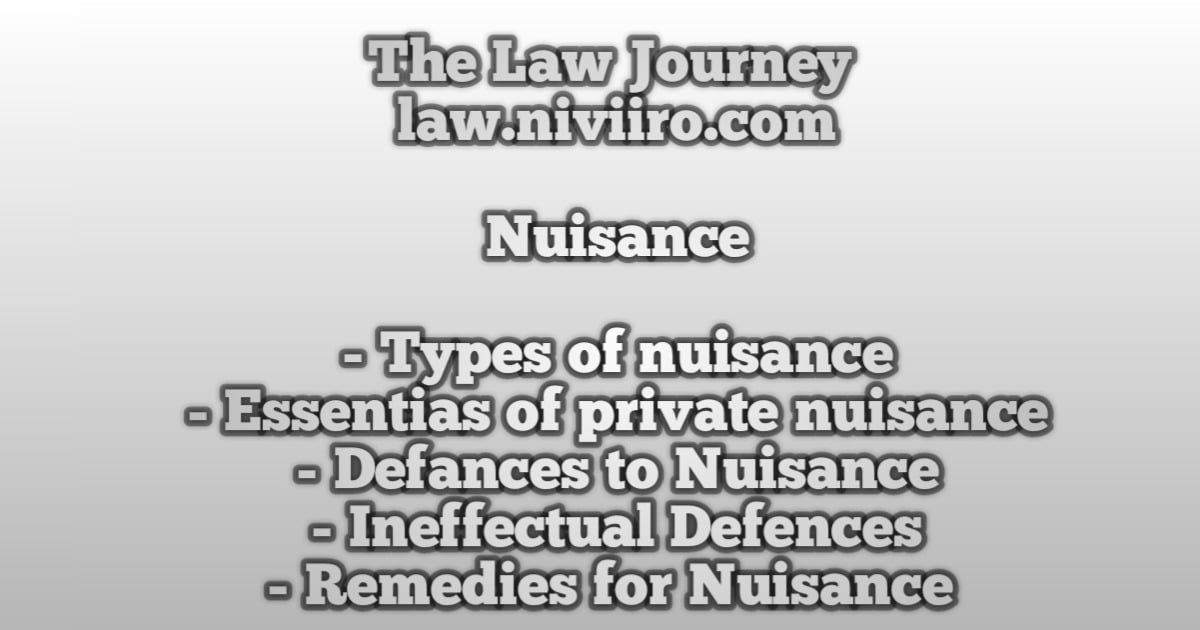Vicarious Liability, Generally a person is liable for his own acts, but in many cases he may be held responsible for the torts committed by others. This is known as the ‘vicarious liability’ i.e. liability incurred for, or instead of, another. The common examples of such a liability are: Liability of the principal for the tort of his agent, Liability of partners for each other’s tort, and, Liability of the master for the tort of his servant.
As Salmond observes, “In general, a person is responsible only for his own acts, but there are exceptional cases in which the law imposes on him vicarious responsibility for the acts of others, however, blameless himself.” Vicarious liability is a kind of ‘strict liability’,
however, in vicarious liability the liability arises because of the relationship between the principal and the wrongdoer, while in the case of strict liability the liability arises out of the wrong itself.
Principles on which the Vicarious Liability is Based
(a) Respondeat superior
The doctrine of liability of the master for the act of his servant is based on the maxim respondeat superior which means ‘let the principal be liable’/ ‘let the superior be responsible’ and it puts the master in the same position as if he had done the act himself.
This rule has its origin in the legal presumption that all acts done by the servant in and about his master’s business are done by his master’s express or implied authority and are, in truth the acts of the master.
The reasons for the maxim seem to be: (i) the difficulty in the way of proving actual authority; and, (ii) the better position of the master to meet the claim because of his larger pocket and also ability to pass on the burden of liability through insurance.
In the absence of such a rule, a rich man, who employs a poor servant to commit a wrong, would go scot-free, and the person wronged would not be compensated. Further, it is also evident that imposition of such liability on the master helps to prevent accidents, because the master himself would be more careful in choosing the servant than he would have been if the rule were otherwise.
(b) Qui facit per alium facit per se
Vicarious liability also derives validity from the maxim qui facit per alium facit per se, which means ‘he who does an act through another is deemed in law to do it himself’.
A person who puts another in his place to do a class of acts in his absence, necessarily leaves him to determine, according to circumstances that arise, when an act of that class is to be done, and trusts him for the manner in which it is done. Consequently, he is answerable for the wrongs of the persons so entrusted, either in the manner of doing such an act, or in doing such an act under circumstances in which it ought not to have been done, provided that what is done is no* done from any caprice of the servant, in the course of his employment.
Liability for another’s wrongful acts or omissions can arise in the following three ways:
(a) Liability by ratification
Where the defendant has authorised or ratified the particular wrongful act or omission. If one person commits a tort, purporting to act on behalf of another, but without his authority, and that other subsequently ratifies, and assents to that act, he thereby becomes responsible for it.
The person ratifying the act is bound by the act, whether it be to his detriment or advantage. Further, he must have full knowledge of its tortuous character. Also, ratification must take place at a time when he could himself have done that act. An act which is illegal and void cannot be ratified.
(b) Liability arising out of a special relationship
Where the defendant stands to the wrong-doer in a relationship which makes him answerable for wrongs committed by the latter, though not specially authorised e.g. master and servant; owner and independent contractor; principal and agent; company and its directors; firm and its partners; guardian and ward.
(c) Liability by abetment
Where the defendant has induced another to commit a wrong. In such cases, those who abet the tortuous acts are as much liable as the tortfeasors themselves. In cases of unlawful interference with contractual relations, if a person procures a breach of a contract by illegal means or with a malicious intent, he becomes liable to the person who suffers injury thereby.
Liability Arising Out of a Special Relationship
Master-Servant and Principal-Agent are the relationships which has a place in the partnership. It can be understood under following headings: (i) Principal and Agent, (ii) Partners (iii) Master and servent.
1. Principal and Agent
When the principal expressly or impliedly authorizes some act to be done he is liable for such an act of the agent if the same has been in the course of performance of his duties as an agent. The law attaches liability to a principal for the wrongful act of his agent, on the ground that it is the principal who has selected the agent.
In Dinbai R. Wadia v Farukh Mobendjina (1957) 59 Bom. I.L.R., it was held that the test of agency is not physical control, but the right to control. When a person does an act with the consent of the principal, and the principal is interested in the performance of the act, the principal would be held liable for the act. Even if the principal had the right to control, and not actual physical control, over the agent in respect of that act, he would he held responsible.
In State Bank of India v Shyama Devi (AIR 1978 SC 1263), the court held that if a bank employee receives some cash and cheques from his friend, in his personal capacity without giving any proper receipts, for depositing the same with the bank, the bank cannot be made liable, if the employee misappropriates the cash and cheques.
2. Partners
Partners are vicariously liable for torts committed by their co-partners acting in the ordinary course of the firm’s business. The liability of partners is governed by section 26 of the Partnership Act, 1932- “Where, for any wrongful act or omission of any partner acting in the course of the business of the firm, or with the authority of his co-partners, loss or injury is caused to any person not being a partner in the firm….. the firm is liable therefore to the same extent as the partner so acting or omitting to act.”
Hamlyn v. Houston and Co., (1903) In this case the defendant company’s partner bribed a clerk of the competition firm to know the details of the contract. The Court held the firm liable as the partner was acting in the course of the firm’s business.
3. Master and servent
Who is a servant
A servant is a person employed by another to do work under the directions and control of his master. As a general rule, master is liable for the tort of his servant but he is not liable for the tort of an independent contractor. It, therefore, becomes essential to distinguish between the two.
If a servant does a wrongful act in the course of his employment, the master is liable for it. The servant, of course, is also liable. The wrongful act of the servant is deemed to be the act of the master as well. “The doctrine of liability of the master for act of his servant is based on the maxim respondeat superior, which means ‘let the principal be liable’ and it puts the master in the same position as if he had done the act himself.
It also derives validity from the maxim qui facit per alium facit per se, which means “he who does an act through another is deemed in law to do it himself”.
The master’s liability arises when the following essentials are present:
(i) The tort was committed by his servant;
(ii) The servant committed the tort while acting in the course of the employment. The master’s liability arises only when both these conditions are satisfied.
In B. Govindarajulu v. M.L.A. Govindaraja Mudaliar,after a motor lorry was entrusted by its owner for repairs, while an employee of the repair workshop drove it, there was an accident. It was held by the Madras High Court that for this accident, the owner of the lorry was not liable vicariously, because the owner of the workshop was an independent contractor and not the servant of the lorry owner.
The Beard V. London Omni-Bus. the driver brought the bus to a terminus and went out for breakfast. In the meanwhile the conductor drove the bus for the next journey. In so doing he dashed against and caused injury to P. P sued. It was held that the master was not liable as the conductor was not in the course of employment when he was driving the bus.
Related Post
What do you mean by ‘vicarious liability’ ?
Generally a person is liable for his own acts, but in many cases he may be held responsible for the torts committed by others. This is known as the ‘vicarious liability’ i.e. liability incurred for, or instead of, another
what are the Principles on which the Vicarious Liability is Based ?
(a) Respondeat superior – the maxim respondeat superior which means ‘let the principal be liable’/ ‘let the superior be responsible’ and it puts the master in the same position as if he had done the act himself.
(b) Qui facit per alium facit per se – Vicarious liability also derives validity from the maxim qui facit per alium facit per se, which means ‘he who does an act through another is deemed in law to do it himself’.
Explain the ‘Principal and Agent’ relation in tort ?
When the principal expressly or impliedly authorizes some act to be done he is liable for such an act of the agent if the same has been in the course of performance of his duties as an agent. The law attaches liability to a principal for the wrongful act of his agent, on the ground that it is the principal who has selected the agent.
In Dinbai R. Wadia v Farukh Mobendjina (1957) 59 Bom. I.L.R., it was held that the test of agency is not physical control, but the right to control. When a person does an act with the consent of the principal, and the principal is interested in the performance of the act, the principal would be held liable for the act. Even if the principal had the right to control, and not actual physical control, over the agent in respect of that act, he would he held responsible
References
- P.S.A. Pillai’s – Law Of Tort
- Law of Torts by RK Bangia (22nd Edition)
- Law of Torts by J.N. Pandey
- Law of Torts by Ratanlal and Dhirajlal
- A.K Jain law of torts
- Universals Law of Torts

